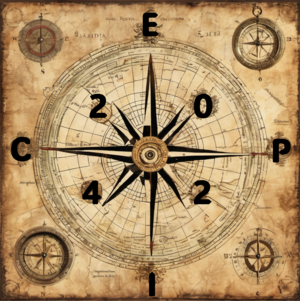Speaker
Description
Parity-violating electron scattering (PVES) on neutron-rich nuclei has proven to be a unique way to probe nuclear matter through the weak interaction. The same process measured on lighter nuclei represents a powerful way of extracting the weak mixing angle, a key parameter of the electroweak theory, in the low energy regime, thus allowing one to perform crucial tests of the Standard Model theory. The MESA facility in Mainz aims to measure the weak mixing angle with an unprecedented precision by delivering low energy electrons on a carbon-12 target. The experimental program foresees the measurement of the parity violating asymmetry at two different kinematics, i.e. at forward scattering angle (29°) and at backward scattering angle (145°), fully exploiting the P2 spectrometer. In this poster, I will discuss the sensitivity of a carbon-12 PVES measurement for the extraction of the weak mixing angle to the sub-percent precision. Furthermore, I will discuss the effects of nuclear structure on the determination. Indeed, by considering a combined PVES measurement on carbon-12 at two different scattering angles, it is possible to simultaneously extract information on the weak mixing angle and the weak nuclear radius of carbon-12 by keeping the precision at the sub-percent level on both observables.
